Imagine a plant that, when faced with the creeping shadow of a tree or rock, quietly inches away—almost imperceptibly—toward the sunlight. It sounds like something out of a fantasy novel, but in the mysterious world of mosses, some species have evolved this astonishing ability. While most plants are rooted in place and must endure whatever light conditions come their way, these tiny green pioneers are rewriting what we know about survival and adaptation. The next time you wander through a damp forest or peer into a shaded garden corner, you might just be witnessing a slow-motion race for survival playing out beneath your feet.
The Secret Life of Mosses
Mosses are among the oldest land plants on Earth, dating back over 450 million years. Unlike towering oaks or fragrant roses, mosses are humble and unassuming, often forming lush green carpets across rocks, logs, and soil. They lack roots, flowers, and even seeds, relying instead on spores to reproduce. Yet despite their simplicity, mosses are masters of adaptation. Their small size allows them to thrive in places where other plants cannot, and their fascinating strategies for survival continue to surprise scientists. The ability of some mosses to move, albeit incredibly slowly, is one of nature’s best-kept secrets.
How Does Moss Move?
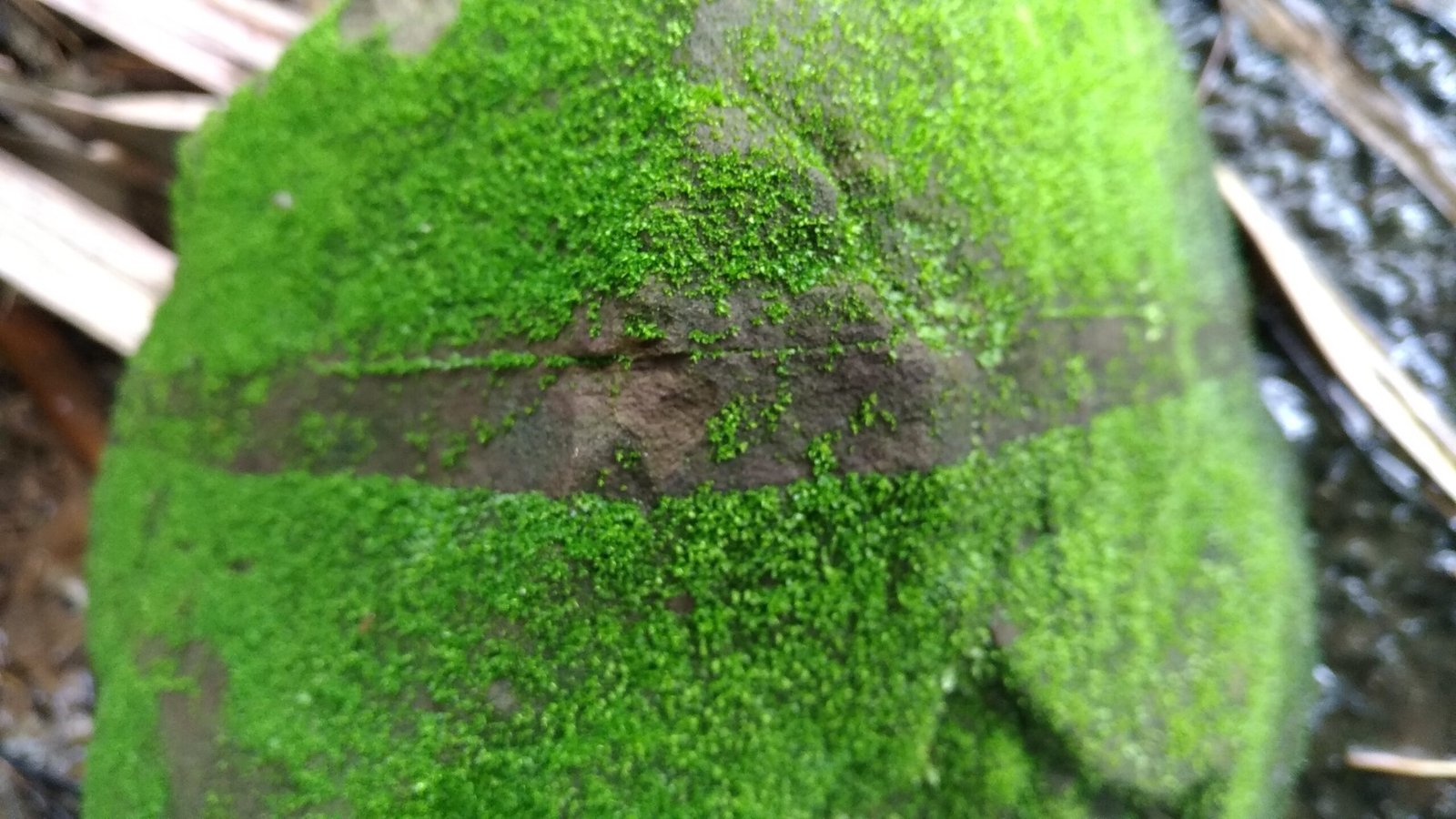
At first glance, moss seems utterly motionless. But certain species have developed a remarkable way to change their location over time. Instead of the rapid movement we associate with animals, mosses shift through a process called “clonal expansion.” As they grow, new shoots sprout toward the light while older sections die back in the shade. Over months or even years, the colony appears to “move” as a whole, gradually advancing toward more favorable conditions. This creeping migration is so subtle that it’s almost invisible without close observation or time-lapse photography, yet it’s a vital survival tactic.
Why Avoid the Shade?
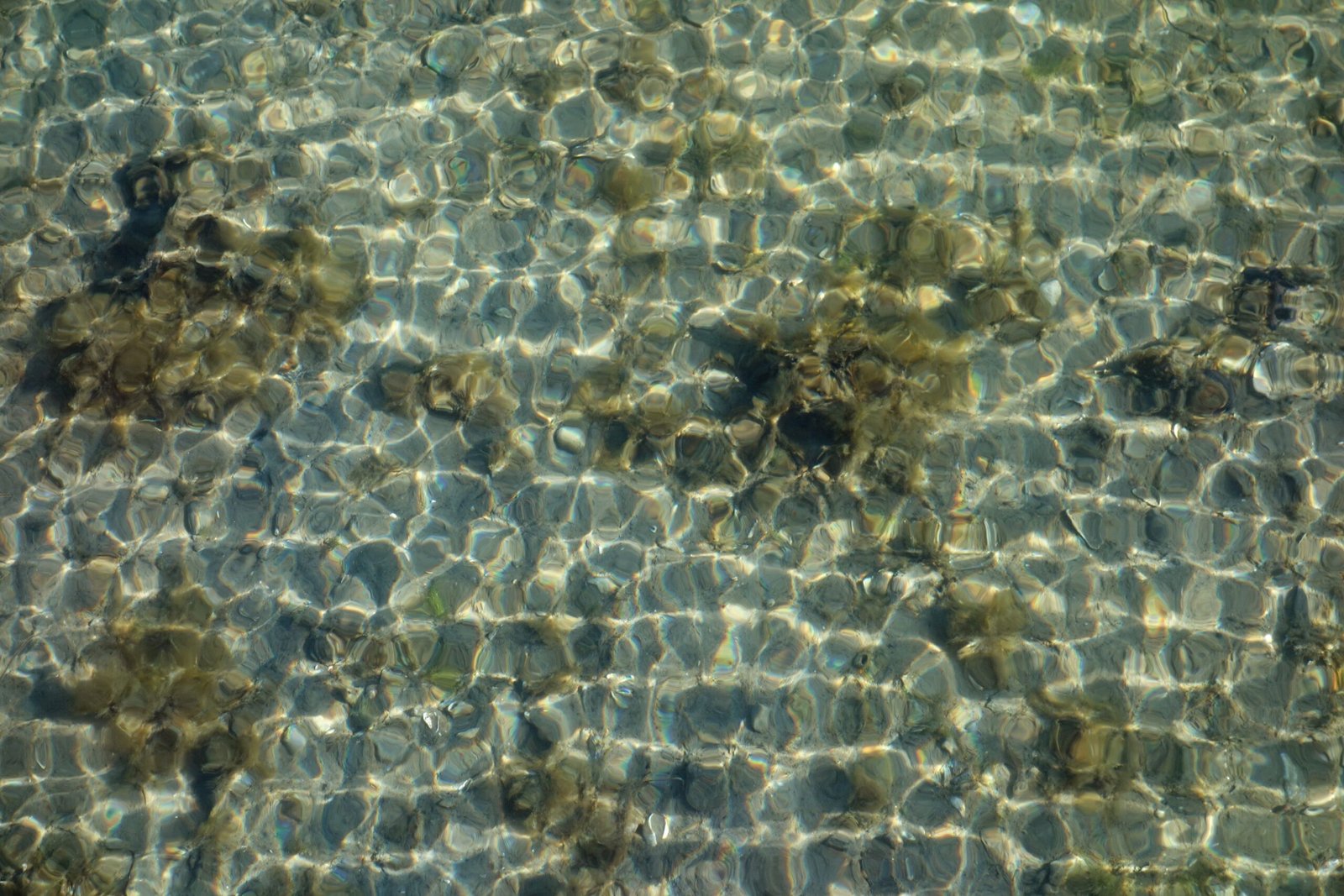
Sunlight is the lifeblood of plants, and moss is no exception. In deep shade, moss struggles to photosynthesize efficiently, which can stunt growth or even cause death. By shifting its position away from encroaching shadows and toward sunlight, moss maximizes its energy intake. This behavior is especially important in forests, where the movement of branches, leaves, and even fallen debris constantly changes the pattern of light and shade on the forest floor. For moss, a few centimeters can mean the difference between thriving and withering away.
The Science Behind Clonal Expansion
Clonal expansion is a process where new moss plants grow from the edges of an existing colony, while the older, shaded parts die off. This creates the illusion of movement, as the green front slowly advances. Scientists have studied this phenomenon using detailed measurements and time-lapse imaging, revealing that some moss species can “migrate” a few centimeters per year. This might not seem fast, but over decades, it can add up to significant relocation. It’s a quiet testament to the persistence and ingenuity of life.
Examples of Moving Moss Species
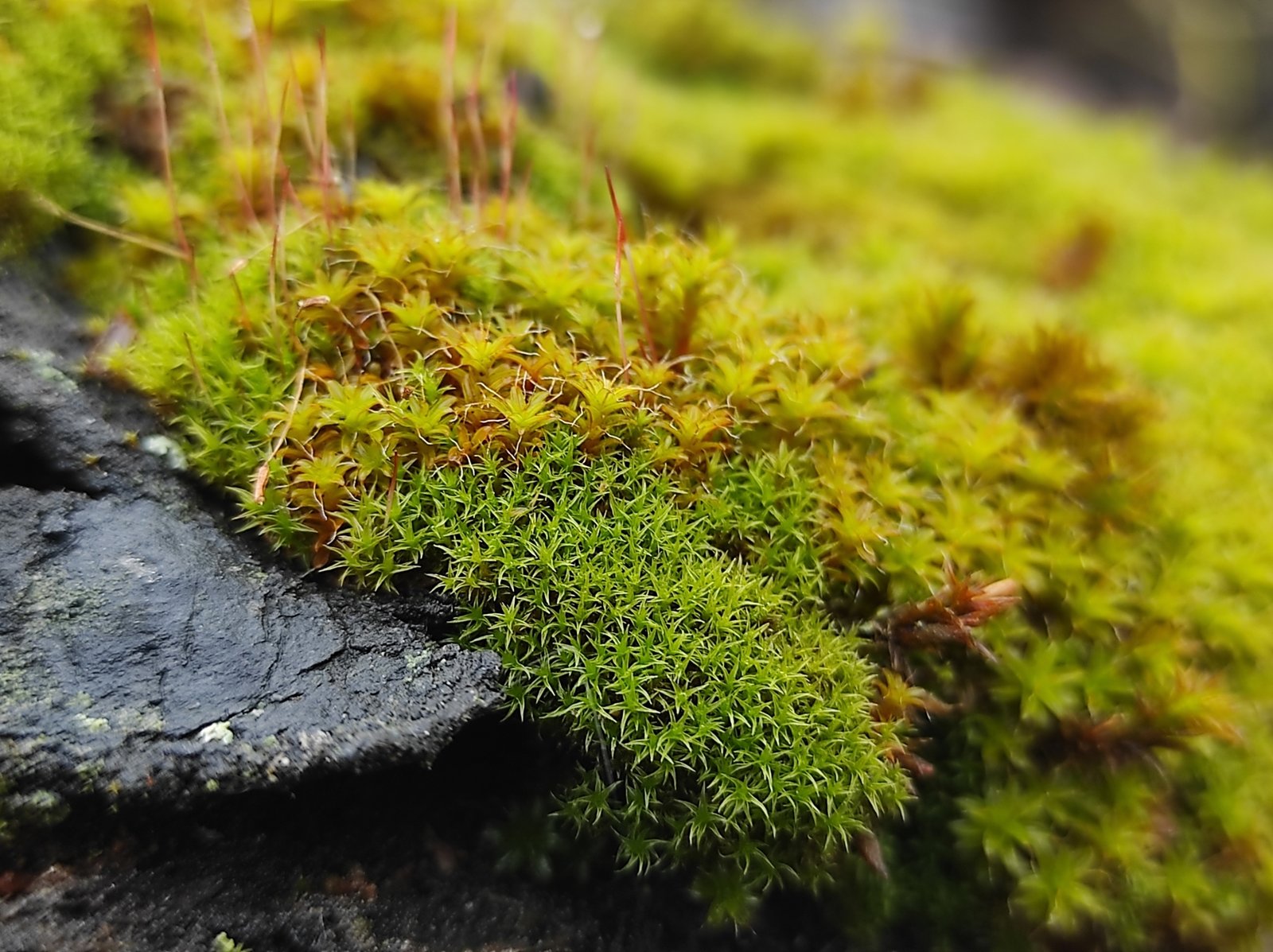
One of the best-known examples of this phenomenon is the species Syntrichia ruralis, often called star moss. This hardy plant can be found in both deserts and temperate forests, where it steadily creeps toward open spaces. Another example is the genus Bryum, which shows a similar ability to extend its colony edges into brighter areas. While not all mosses can move in this way, those that do have a distinct advantage in ever-changing habitats.
Challenges Mosses Face in Their Journey
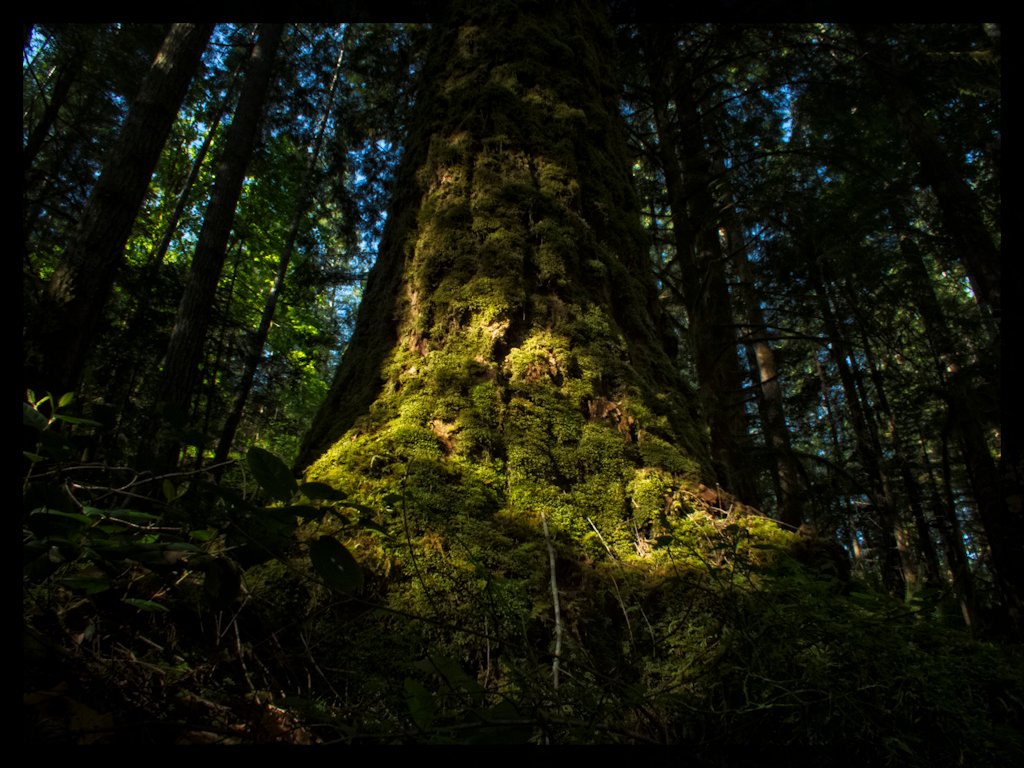
Despite their remarkable adaptability, moving mosses face constant challenges. Competition from other plants, changes in moisture levels, and disturbances from animals or humans can disrupt their slow migration. A sudden drought might dry out exposed sections, while heavy foot traffic can crush delicate shoots. Even so, mosses persist, using every available tool in their evolutionary arsenal to survive.
The Role of Environment in Moss Movement
Environmental factors play a huge role in how and where mosses move. Light, moisture, temperature, and even soil composition can influence the direction and speed of their growth. In areas with frequent disturbances or rapidly shifting light patterns, mosses may move more quickly, constantly seeking the best possible position. In more stable environments, their migration is slower but just as purposeful.
Implications for Ecology and Conservation
The slow migration of mosses is more than just a biological curiosity—it has real implications for ecosystems. As mosses move, they help stabilize soil, retain moisture, and create habitats for countless microorganisms. Understanding how and why they move can inform conservation efforts, especially as climate change alters the distribution of light and moisture in many habitats. Protecting these miniature movers can have a ripple effect throughout entire ecosystems.
Lessons for Humans: Adaptation and Patience
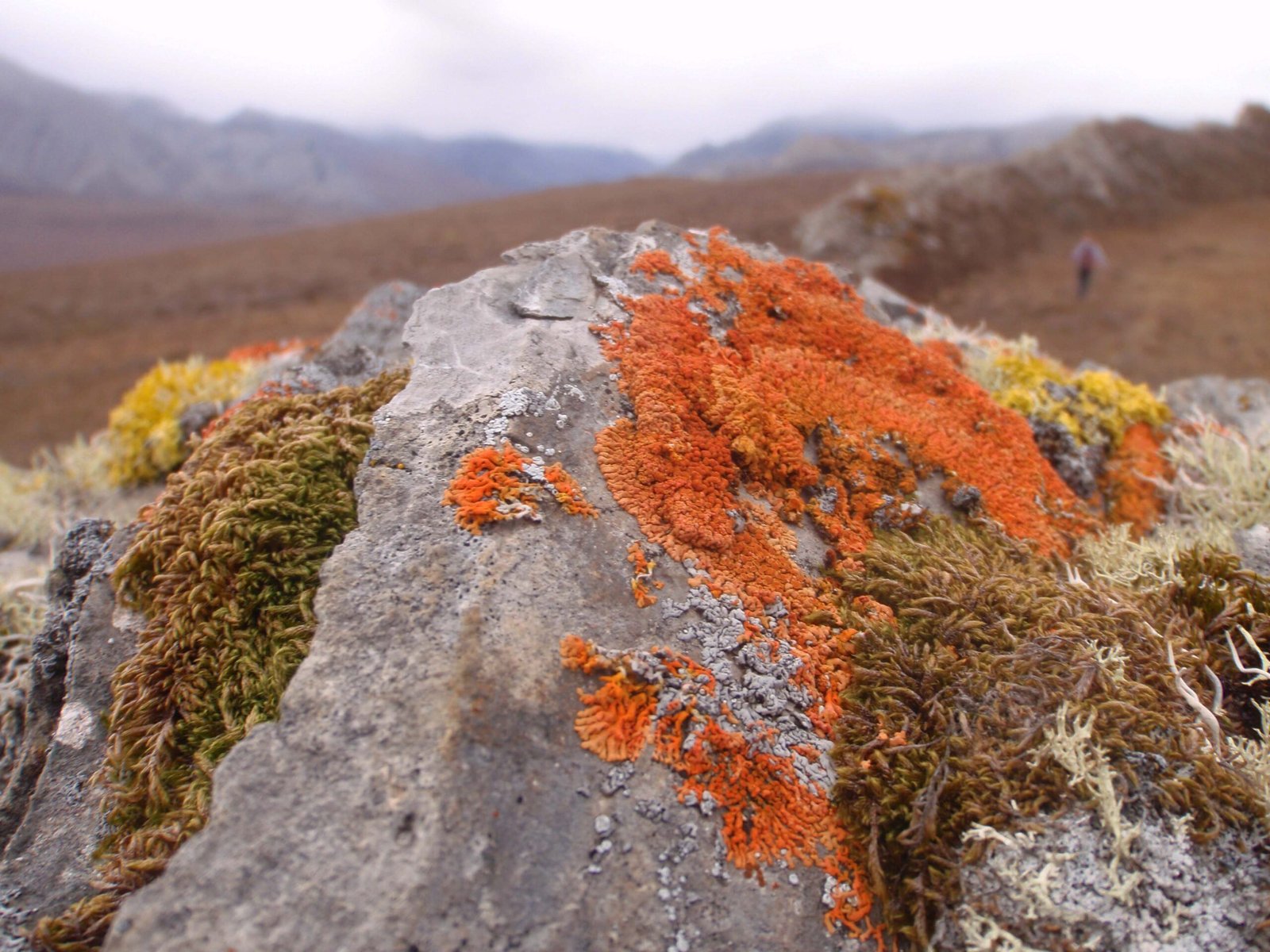
There’s a profound lesson in the way mosses quietly adapt to their surroundings. Unlike animals that run from danger, mosses simply and patiently grow toward opportunity, letting go of what no longer serves them. In a world that often values speed and immediate results, the story of moving moss reminds us that slow, steady progress can be just as effective—and sometimes even more enduring.
The Future of Moss Research
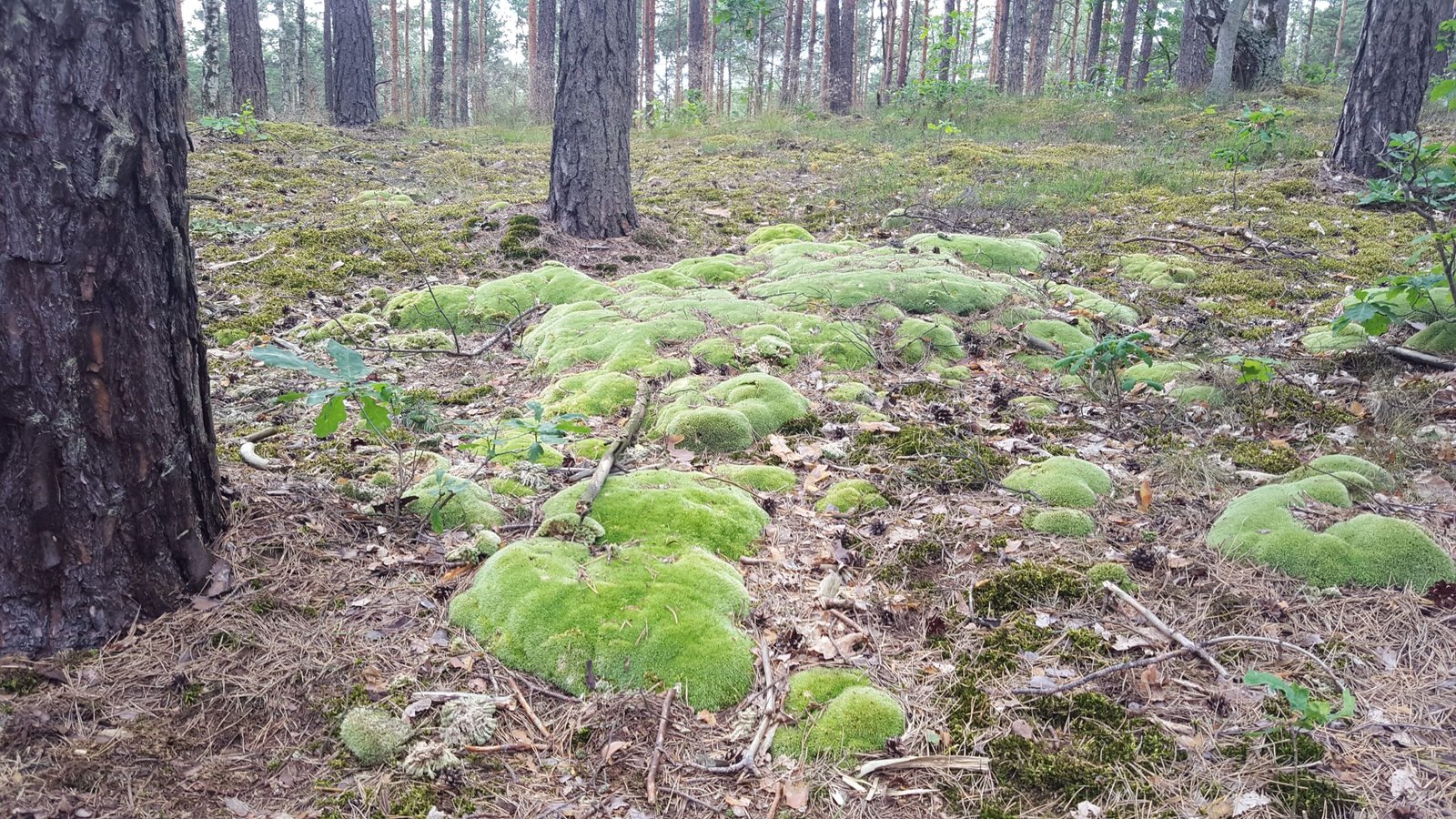
Scientists are only beginning to unravel the mysteries of moss movement. With new tools like high-resolution imaging and genetic analysis, researchers are discovering just how sophisticated these tiny plants can be. There are hopes that mosses could inspire new technologies, such as self-healing materials or eco-friendly landscaping strategies. The more we learn about these ancient survivors, the more we realize how much they have to teach us about resilience, ingenuity, and the hidden wonders of nature.



